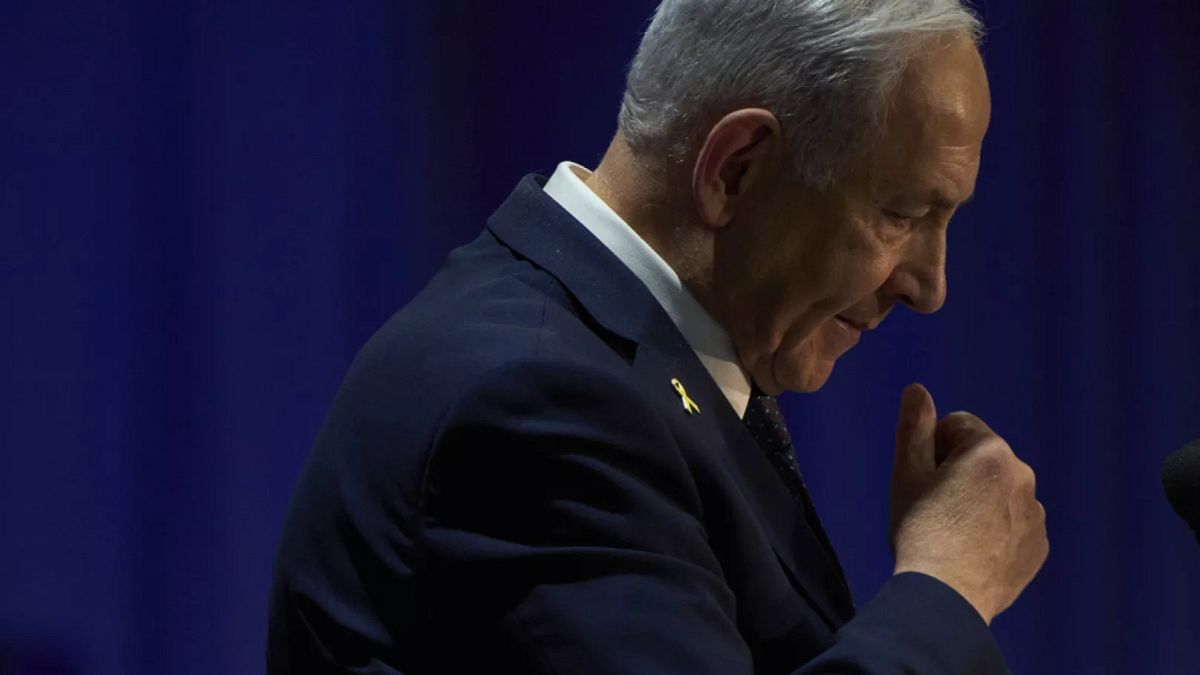Tactical changes can be expected from the administration of the 47th president, but the strategic course is unlikely to shift
By Alan Lolaev, visiting researcher at the Laboratory for Political Geography and Contemporary Geopolitics, Higher School of Economics (Moscow)
Donald Trump’s victory in the US presidential election has raised concern among supporters of the country’s current foreign policy direction under the Biden administration, and brought hope to those interested in its transformation.
The pressing question, resonating not only within American political circles, but also among Washington’s allies and adversaries worldwide, is how much change in US foreign policy can be expected from a new Republican administration.
Many experts, drawing on Trump’s and his campaign team’s bold statements, suggest that his return to the presidency will bring significant policy shifts. However, even with a Republican majority in both chambers of Congress (especially the Senate, which holds considerable influence over foreign policy), it is unlikely that Trump will be able to fully deliver on his promises in this area.
In theory, Trump’s return to the presidency will occur under the most favorable conditions for implementing his foreign policy agenda. Republicans not only have a strengthened majority in the House of Representatives but have also regained control of the Senate, which significantly influences foreign policy by confirming key appointments and ratifying international treaties.
Current concerns over substantial foreign policy changes echo Trump’s first term, when his strong statements were often perceived as policy shifts, but ultimately were not. Once back in the White House, Trump is expected to reintroduce the “America First” principle in foreign policy, which implies a more pragmatic approach to international issues but does not necessarily entail a wholesale change in foreign policy goals and priorities.
Trump’s first term: Tactical changes, strategic continuity
The expectations of inevitable radical shifts in the US foreign policy following Trump’s 2016 victory proved false. For example, the Republican promised to dismantle NATO, build closer ties with Russia, and take a tougher stance on China. Trump criticized European countries for insufficient defense spending and repeatedly threatened to reduce the US role in NATO.
He may again insist that NATO countries increase their defense spending, emphasizing that the US should not bear the main burden. This approach created tensions within the alliance and led to a redistribution of responsibilities, ultimately strengthening NATO by encouraging greater European involvement in their own security.
Trump also expressed a desire to establish closer ties with Moscow, speaking positively about Putin and pursuing a new nuclear arms control treaty that would include China. However, these ambitions led to additional sanctions against Russia and increased aid to Ukraine, precluding any real improvement in US-Russia relations.
Under Trump, the US began an active trade war with China, restricted cooperation in high-tech sectors, and implemented measures to counter Chinese influence in Asia and other regions. However, these confrontational steps were a logical continuation of containment and the “pivot to Asia” strategy initiated by the Obama administration, thus does not fall under the definition of a major policy shift.
The Ukraine case: Steady decline in support
One of the key foreign policy priorities of Trump’s second term will be the conflict in Ukraine. During his campaign, Trump claimed that, as president, he could quickly bring an end to the country’s war against Russia. However, he also said he would not commit to increasing aid to Ukraine, insisting that European countries should take on more responsibility for its support.
Trump’s relationship with Russia has been marked by contradictions. On the one hand, he has sought warmer relations with Putin, repeatedly speaking of him in positive terms, calling him “brilliant” and “smart.” Meanwhile, he condemned Russia’s operation in Ukraine, calling it a “huge mistake” on Putin’s part. This inconsistency, coupled with anti-Ukraine statements from members of Trump’s inner circle, has created uncertainty around the stance Washington would take under a new Republican administration.
Trump is expected to pursue a peaceful resolution to the Ukraine conflict, likely leveraging Kiev’s dependence on the US military and economic assistance, as well as the potential cessation of this support, as an argument for peace.
A peace agreement would likely come on terms less favorable to Ukraine than it would have a year ago. With the situation on the ground shifting in Russia’s favor, Ukraine’s territorial losses suggest that the conditions of any future peace could be more challenging for Kiev than if negotiations had taken place earlier.
Should this scenario materialize, like other key areas, it would not signify a major shift in US foreign policy.
The current Biden administration has already shown signs of “Ukraine fatigue” – weariness with the costly support for Kiev. Public sentiment in the US also reflects a steady decline in support for maintaining current aid levels to Ukraine. Even if there had been a Democratic victory in the presidential election, with Kamala Harris winning the White House and Democrats retaining control of Congress, support for Ukraine would likely continue its gradual decline.
The Trump administration may adopt a strategy focused on a more pragmatic resolution of the Ukraine conflict. This approach would likely combine a reduction in military aid with active diplomatic mediation, which, if successful, would allow Trump to showcase an “effective resolution” of the conflict. However, for Ukraine and its allies, this strategy would mean increased pressure on Kiev to compromise, potentially weakening its position in negotiations and shifting the balance of power in the region.
The main limiting factor: Institutional inertia or the deep state
The reason radical changes in US foreign policy are unlikely lies in the institutional inertia of the decision-making system. The country’s foreign policy is heavily bureaucratized and cannot operate independently of the balance of interests among various influence groups. The president wields substantial power but must consider Congress for important foreign policy decisions. As in other areas of decision-making, the influence of the deep state on foreign policy remains significant.
In Congress, a bipartisan consensus exists on key areas of American foreign policy: containment of Russia and China, maintaining NATO, and supporting Israel. This consensus allows for only tactical adjustments while preserving the overarching strategy.
Thus, a second Trump term will likely lead to a more pragmatic foreign policy. His administration would likely focus on a tougher stance toward China, reduced support for Ukraine, redistribution of responsibilities within NATO, and decreased US involvement in global alliances and agreements.
While these changes may appear significant, they will not constitute a complete overhaul of Washington’s long-term foreign policy direction.

 5 months ago
34
5 months ago
34









 We deliver critical software at unparalleled value and speed to help your business thrive
We deliver critical software at unparalleled value and speed to help your business thrive






 English (US) ·
English (US) ·